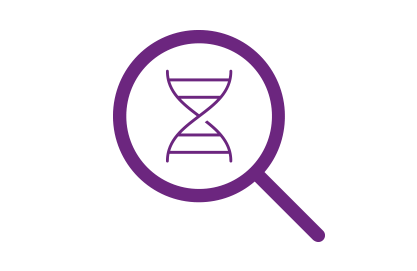Genetic humanization can also support improved humanized immune system mice. The NOG mouse has been further improved through the addition of key human cytokines (such as IL-2, IL-3, IL-6, and IL-15), which can facilitate differentiation of certain human immune cell types not otherwise supported by the mouse cytokine versions. Genetically humanized models such as the ones discussed are typically suitable for very specific studies and may not be more broadly applicable. For example, a mouse humanized for PD-1 is only useful for studies targeting the PD-1 pathway and not to evaluate immunotherapies targeting other mechanisms.
Humanized Microbiome Mice
Recent studies have demonstrated that the gut microbiome is a key factor in determining a host's response to cancer treatments such as immunotherapies. Therefore, the influence of the microbiome on immune system development is a new humanization strategy that must be considered. Because laboratory mice are kept in relatively sterile conditions, they do not contain the same microbial diversity present in the human gut. Germ-free mice that develop without any gut microbiota are therefore especially useful since they are blank slates that can be used to host a human microbiome. Fecal microbiota transplants (FMT) from human donors are orally-gavaged into germ-free mice, resulting in the establishment of a human-derived microbiome in the mouse. The immune systems in the resulting mice and their offspring develop in the context of the human gut microbiome and may be more translational.
Despite the advancements made in drug development in recent years, the success rate of drugs progressing through all phases of clinical trials remains low. There are many reasons for this, one of which is a lack of preclinical animal models that accurately mimic the interaction between a drug and a human response. Improving the translatability of animal models is, therefore, a key focus of researchers and model generation companies, alike. Most off-the-shelf mouse models can be used in drug discovery but do not contain key human targets relevant to drug discovery. Humanization has altered this landscape by enabling the study of human targets and responses in mouse models. The three approaches for humanization mentioned in this article are all viable options, with each one best suited for its own project.
 Key Takeaways
Key Takeaways















.jpg)

.jpg)
.jpg)
.jpg)
.jpg)





.jpg)


.jpg)
.jpg)




.jpg)




.jpg)

.jpg)





